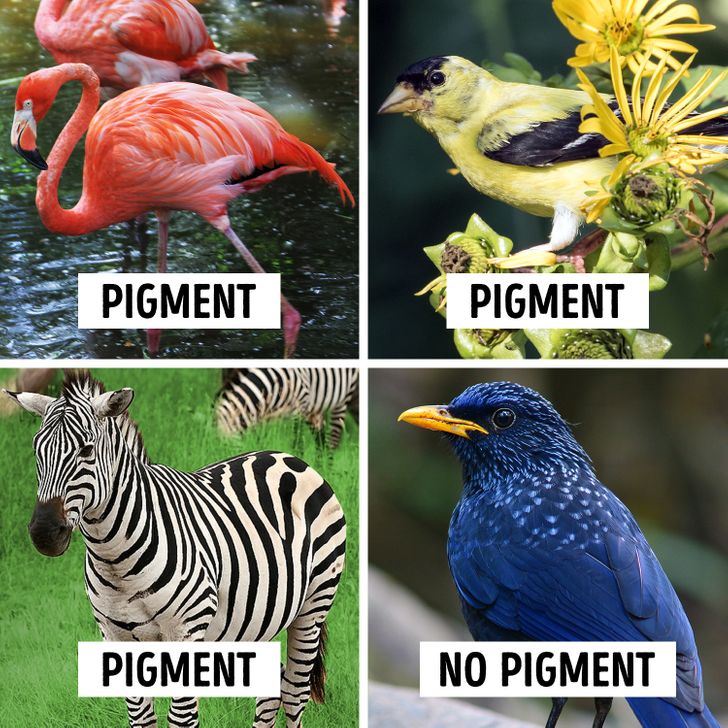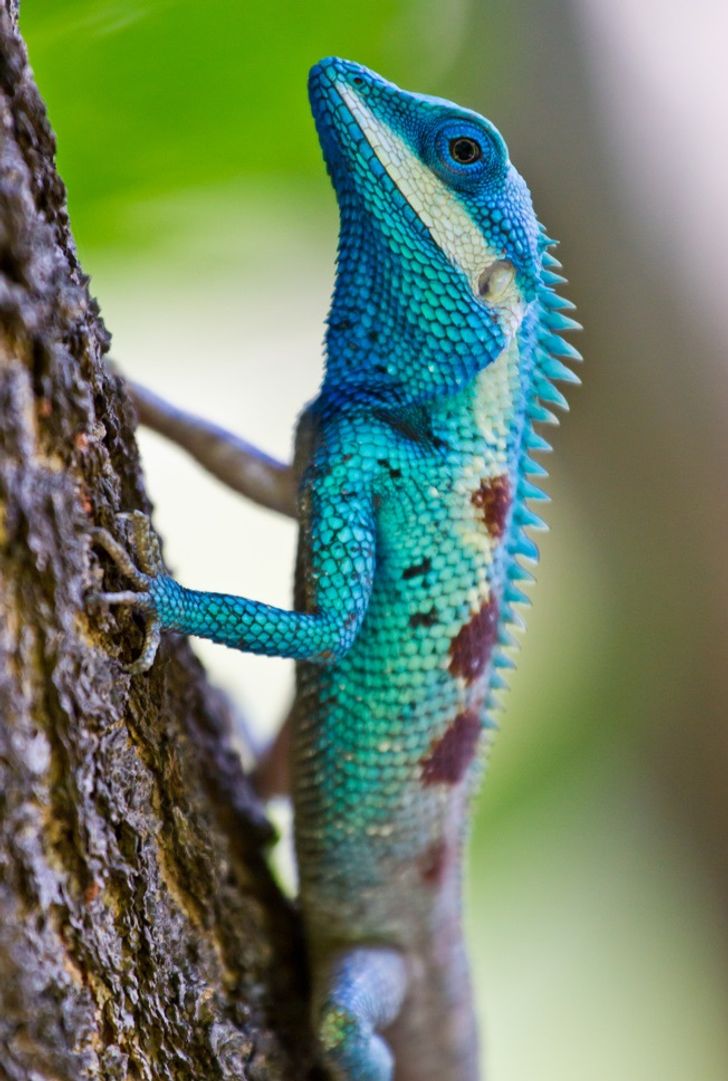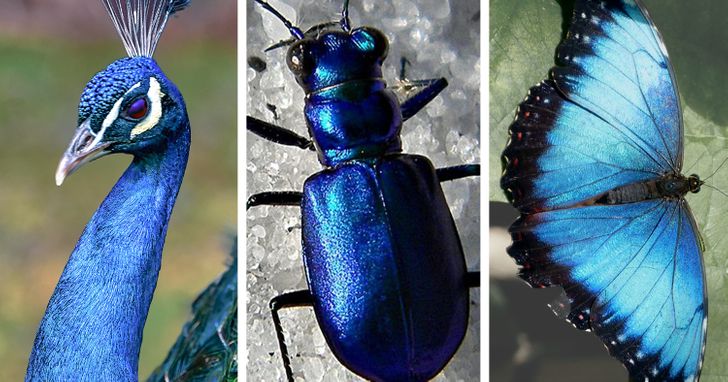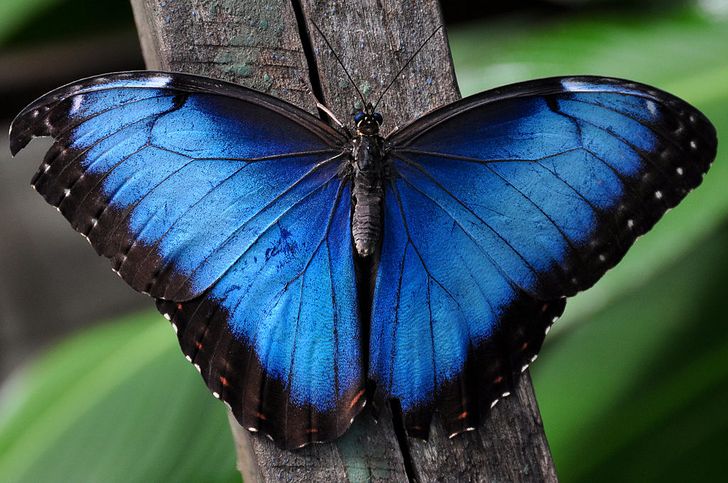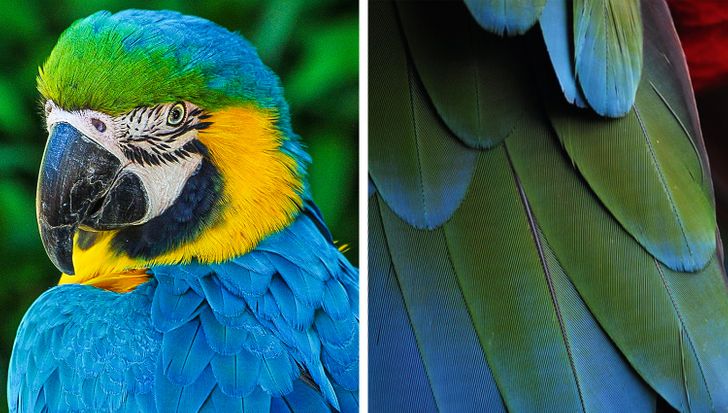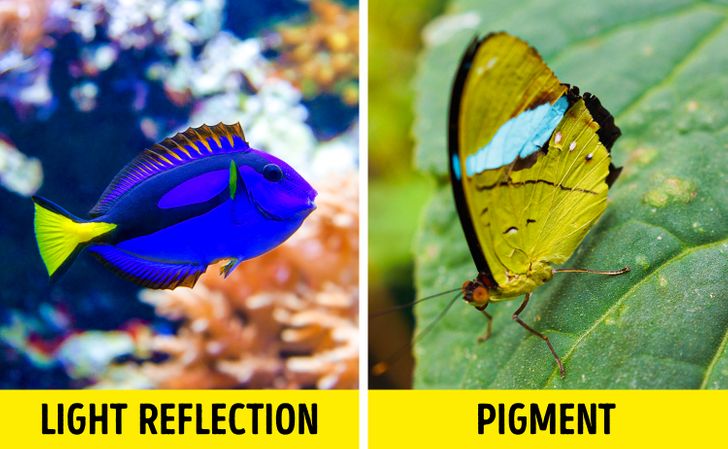Can you say that blue animals are like albinos is people world? ??
Why Blue Animals Are So Rare
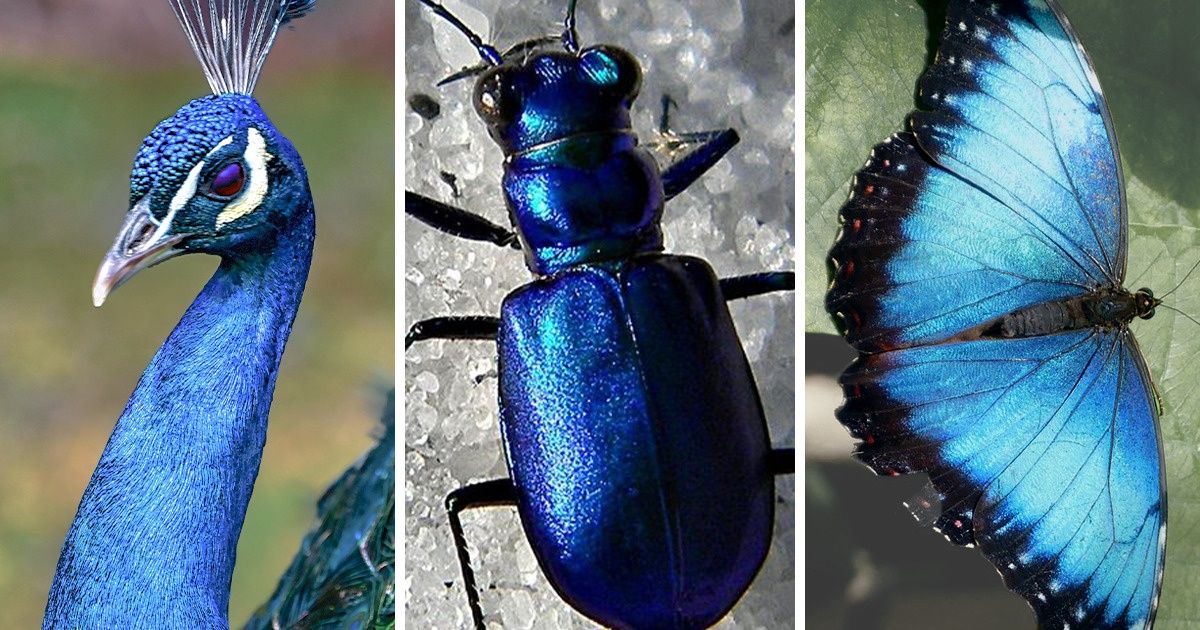
Most people’s favorite color is blue, according to research — even 75 different countries have blue in their national flags. But for some reason, in nature, this color can’t be found very often, especially when it comes to animals. And it’s likely that you can count the number of blue animals that you’ve spotted on just one hand.
Here at Bright Side, we never cease to be amazed at what nature creates and continue to wonder about how it all works. So scroll down to find out why there aren’t too many blue animals in the world.
The color can depend on what the animal eats.
Almost all of the colors on animals’ fur, skin, or feathers have pigments related to what food they consume. For example, goldfinches consume yellow flowers, and salmon and flamingos eat pink shellfish and shrimp.
This also goes for brown, red, and orange — but blue is the exception. So since there’s no true blue pigment in plants, animals can’t become blue through food, which is why it’s so rare.
Most blue animals aren’t actually blue.
Color is the way we perceive different wavelengths of light. Some animals appear blue, which mostly means they developed a way to trick our eyes into seeing them this way (that includes humans’ blue eyes) by using physical structures and light reflection.
The blue morpho butterfly pictured above only appears blue due to the way its wings mirror the light. The wings have a microscopic structure that absorbs all other colors except for blue. And since the color is based on the structure, once the wings are filled with something different from the air, like alcohol, for example, the blue color will disappear and the wings will change.
There are no birds with blue feathers.
All the birds that seem to be blue have similarly structured feathers — they reflect only blue light. Each feather has tiny beads spaced in a way that causes all the other colors, except blue, to become canceled out.
There’s only one butterfly that creates blue pigment.
Blue as a pigment is impossibly rare in nature and you can only see it on one butterfly: the olivewing. They’ve chemically evolved the pigment on their wings and the color won’t change, no matter how you look at them. For researchers, this butterfly is still a mystery.
What’s your favorite color in nature? We’d be happy to see your pictures in the comments below!
Comments
Interesting! Didn't think this could be a thing
Okay so peacock are not blue? ?
Related Reads
11 Stories That Prove Kindness Takes Just a Moment, but Lives On Forever

10 Moments That Remind Us Quiet Kindness Is Mightier Than It Seems

My Boss Tried to Ruin My Christmas Plans—I Got the Last Laugh

I Refused to Let My MIL Own My Family Budget, Now My Marriage Is on Thin Ice

I Refused My DIL’s Outrageous Diet Demands—I’m Not an On-Call Chef

10 People Who Chose Kindness in a World That Keeps Ignoring it

I Refuse to Let My Sick MIL Live With Us—I’m Not Her Free Caregiver

15 Landlords Whose Logic Is So Bizarre, Their Tenants Were Left Speechless

10 Honest Stories That Capture the Struggles and Pain of Blended Families

My Mom Ignored Me for Years, Then Suddenly Begged Me for Help

12 Stories That Prove Little Acts of Kindness Never Stay Little

I Refused to Do Extra Work, and HR Tried to Punish Me

